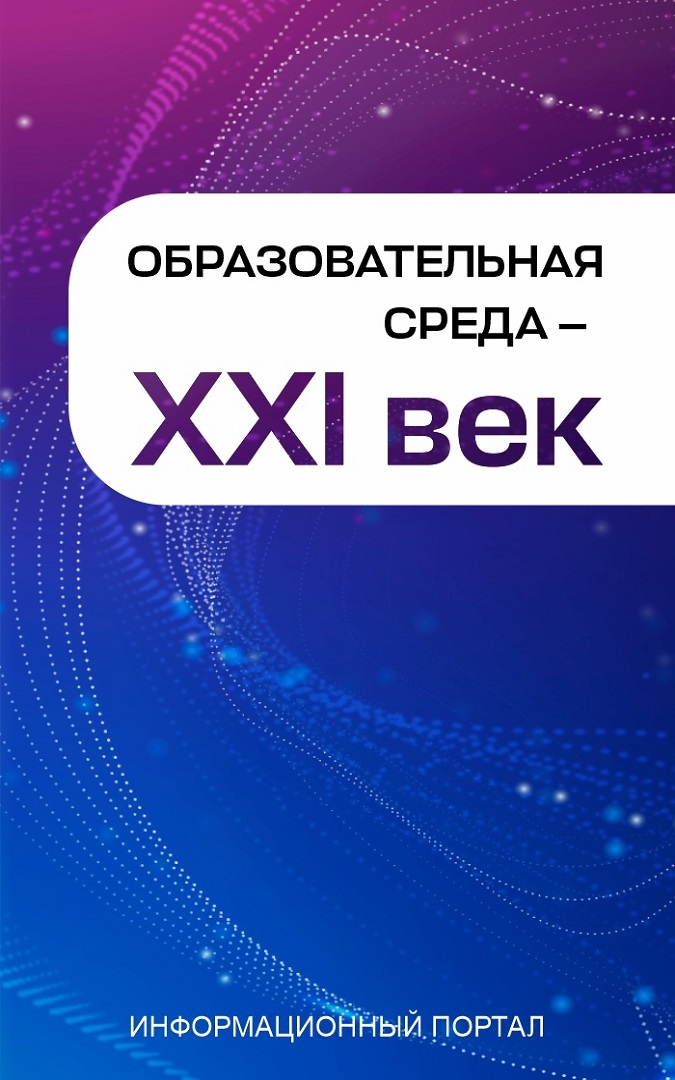Boldyreva V.I., Zabelin D.A.
ELECTRONIC MEDICAL RECORDS AS AN EDUCATIONAL TOOL
UDC 378:004.04
DOI: http://doi.org/10.15350/2409-7616.2024.1.07
Boldyreva V.I.1 (Astrakhan, Russian Federation) – boldyrevavladlena@yandex.ru; Zabelin D.A.1 (Astrakhan, Russian Federation) – link23487@mail.ru
1Astrakhan State Medical University
Abstract. The integration of technology into medical education is vital to improve the quality of education and prepare health professionals to meet the dynamic challenges of modern health care systems. This article examines the relevance of electronic medical records (EMRs) as an innovative educational tool to meet the growing demand for interactive and dynamic approaches to medical education. EMCs represent a promising way to engage learners in a visual and interactive learning environment. The purpose of this study is to investigate the effectiveness of electronic medical records in medical education, focusing on their ability to improve understanding, memorization, and application of complex medical concepts. By combining spatial information, clinical data, and interactive features, EMCs are designed to provide comprehensive and contextualized learning for both medical students and practicing physicians. Our results show that the use of electronic medical records significantly improves overall learning outcomes compared to traditional methods. The interactive nature of EMCs promotes a better understanding of anatomical structures, disease pathways, and medical procedures. In addition, learners using EMCs demonstrate increased confidence in translating theoretical knowledge into practical skills. In conclusion, electronic medical records are a powerful educational tool that can revolutionize medical education. The results of this study emphasize the effectiveness of EMRs in improving learning outcomes and bridging the gap between theoretical knowledge and clinical application. As technology advances, the integration of EMRs into medical curricula opens the door to a new era of interactive and effective medical education. The integration of technology into medical education is vital to improve the quality of education and prepare health professionals to meet the dynamic challenges of modern health care systems. This article examines the relevance of electronic medical records (EMRs) as an innovative educational tool to meet the growing demand for interactive and dynamic approaches to medical education. EMCs represent a promising way to engage learners in a visual and interactive learning environment.
Keywords: digitalization of healthcare, teaching healthcare informatics to medical students.
References:
- Dhingra, D., Dabas, A. Global strategy on digital health. Indian pediatrics, 2020, no. 57, pp. 356-358. URL: https://pubmed.ncbi.nlm.nih.gov/32284477
- Kulikowski C.A. Ethics in the history of medical informatics for decision-making: early challenges to digital health goals. Yearb Med Inform, 2022, vol. 31(1), pp. 317-322. DOI: 10.1055/s-0042-1742491
- Mcnicol L., Hutchinson A.F., Wood B. et al. An exploration of patients’ experience of nurses’ use of point-of-care information technology in acute care. Patient Experience Journal, 2018, vol. 5(1), pp. 76–89. DOI: 10.35680/2372-0247.1213
- Gusev A.V., Zingerman B.V., Tyufilin D.S. et al. Electronic medical records as a data source of real clinical practice. Real clinical practice: data and evidence, 2022, no. 2 (2), pp. 8-20. (In Russian). DOI: 10.37489/2782‑3784‑myrwd-13
- Pak J.B.S., Pak J. Defining the knowledge structure and trends of nursing informatics: Text network analysis. CIN: Computers, Computer Science, Nursing, 2023, vol. 41(1), pp. 8-17. DOI: 10.1097/CIN.0000000000000919
- Kleib M., Jackman D., Duarte Wisnesky U., et al. Academic electronic health records in undergraduate nursing education: Mixed methods pilot study. JMIR Nursing, 2021, vol. 4 (2), ID. e26944. DOI: 10.2196/26944
- Bikhatova E.T., Ivanchuk O.V. The problem of formation of digital competencies among students of medical universities. CITISE. 2021, no. 4, pp. 595-605. (In Russian). DOI: 10.15350/2409-7616.2021.4.55
- Omelchenko V.P., Demidova A.A. Features of teaching medical informatics in the training of medical professionals. Modern Problems of Science and Education, 2019, no. 5, pp. 14. (In Russian). URL: https://www.elibrary.ru/tzchvk
- Díaz-Rodríguez L., Vargas-Román K., Díaz-Rodríguez M.D.M. et al. Using “Diraya” system as a complementary tool in nursing process education: A controlled clinical study. J Clin Med, 2022, vol. 11(10), ID. е2771. DOI: 10.3390/jcm11102771
- Carson N., Campbell-Smit B., Walters W. et al. Electronic health record training for nurse leaders. Online Journal of Nursing Informatics (OJNI), 2021, vol. 25 (2).
- Lokmic-Tomkins Z., Gray K., Cheshire L. et al. Integrating interprofessional electronic medical record teaching in preregistration healthcare degrees: A case study. International Journal of Medical Informatics, 2023, vol. 169, ID. e104910. DOI: 10.1016/j.ijmedinf.2022.104910
- Hansbrough W., Dunker K.S., Ross J.G. et al. Restrictions on nursing students’ electronic health information access. Nurse Educator, 2020, vol. 45(5), pp. 243-247.
- Nagle L.M., Kleib M., Furlong K. Digital health in canadian schools of nursing part a: nurse educators’ perspectives. Quality Advancement in Nursing Education – Avancées en formation infirmière, 2020, vol. 6(1), pp. 1-19. DOI:10.17483/2368-6669.1229
- Jenkins A., Eide P., Smart D. et al. Implementing electronic health records in nursing education. International Journal of Nursing Student Scholarship, 2018, vol. 5, pp. 1-28. DOI: 10.1097/nne.0000000000000786
- Ma M., Li Y., Gao L. et al. The need for digital health education among next-generation health workers in China: a cross-sectional survey on digital health education. BMC Medical Education, 2023, vol. 23(1), ID. е541. DOI: 10.1186/s12909-023-04407-w
For citation: Boldyreva V.I., Zabelin D.A. Electronic medical records as an educational tool. CITISE, 2024, no. 1, pp. 85-94. DOI: http://doi.org/10.15350/2409-7616.2024.1.07


